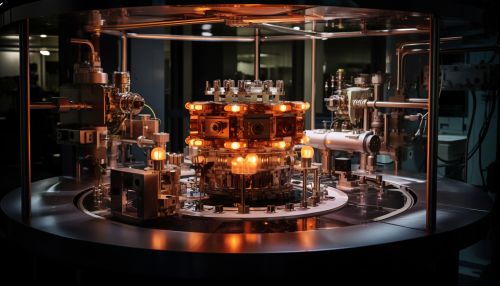Atomic Layer Deposition
Introduction
Atomic Layer Deposition (ALD) is a thin film deposition technique based on the sequential use of a gas phase chemical process. The ALD process is divided into two half reactions, kept separate by purging with an inert gas such as argon. Due to its self-limiting nature, ALD offers precision and control over thickness, excellent uniformity across large areas and conformality on complex 3D surfaces.


History
The development of ALD technology originated from the research of a more traditional thin film deposition method, chemical vapor deposition (CVD). In the 1960s, a variant of CVD, known as Atomic Layer Epitaxy (ALE), was developed by Dr. Tuomo Suntola and his team in Finland. The name was later changed to Atomic Layer Deposition to reflect its broader range of applications beyond epitaxial growth.
Process
The ALD process consists of four key steps: the first precursor exposure, purge, second precursor exposure, and another purge. The precursors react with the surface of the material one at a time, creating a monolayer of atoms. This process is repeated until the desired film thickness is achieved.
Precursor Exposure
In the first step, the precursor is introduced into the ALD reactor. The precursor molecules adsorb to the substrate surface, forming a self-limited monolayer. The reaction is self-limiting because once all the reactive sites on the surface are consumed, the precursor molecules can no longer adsorb to the surface.
Purge
After the precursor exposure, the reactor is purged with an inert gas to remove any unreacted precursor and byproducts from the chamber. This step is crucial in preventing gas phase reactions that could lead to non-uniform film growth.
Second Precursor Exposure
The second precursor is then introduced into the reactor. This precursor reacts with the adsorbed monolayer from the first precursor, forming a thin film of the desired material on the substrate surface. Like the first precursor, the reaction is self-limiting.
Second Purge
Finally, the reactor is purged again to remove any unreacted precursor and reaction byproducts. This completes one ALD cycle. The cycle can be repeated to grow thicker films.
ALD vs Other Deposition Techniques
ALD offers several advantages over other thin film deposition techniques such as CVD and PVD. These advantages include precise control over film thickness, excellent uniformity, and conformality on complex 3D surfaces. However, ALD is typically slower and more expensive than other deposition techniques.
Applications
ALD has a wide range of applications in various fields including electronics, photovoltaics, and catalysis. In electronics, ALD is used to deposit high-k dielectrics in field-effect transistors (FETs), gate oxides in CMOS devices, and barrier layers in interconnects. In photovoltaics, ALD is used to deposit buffer layers and anti-reflection coatings in thin film solar cells. In catalysis, ALD is used to deposit catalysts on supports for various chemical reactions.
